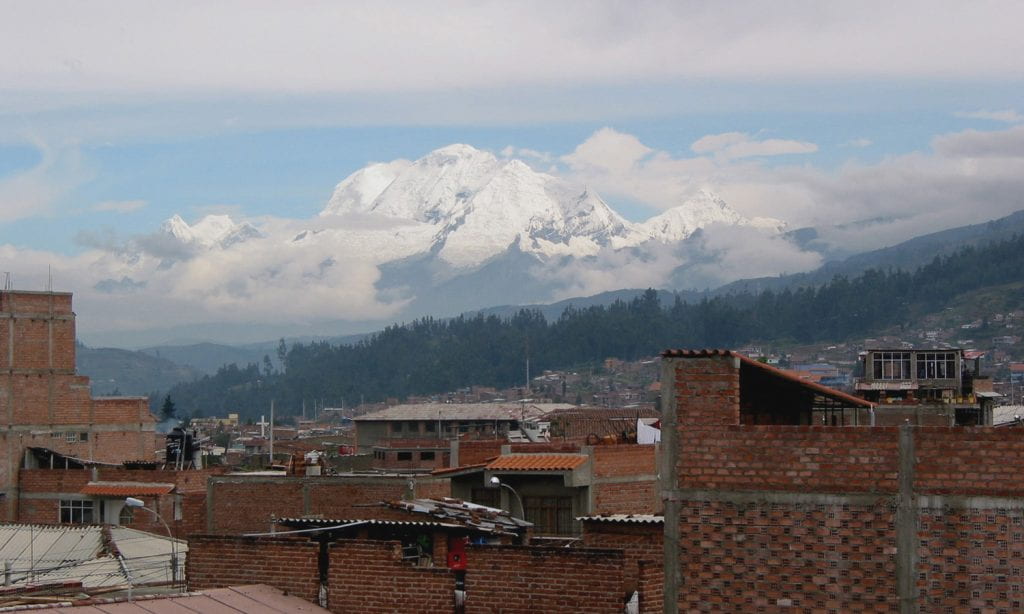Human Dimensions
Glaciers have long affected human societies — not only the inhabitants living close by glaciers, but also anyone living along waterways fed by glaciers.
Glaciers have been important historically because of their direct impacts on things like water supplies and recreation, tourism, and mountain climbing. They also shape the tourism economies that have sprung up around the world’s glaciated mountains — whether in Switzerland or in national parks like Huascarán in Peru, Glacier in Montana, Sagarmatha/Everest in Nepal, and many others in countries as diverse as Argentina and Chile, New Zealand and Norway, Canada and the United States.
Glaciers have played important roles in perceptions and spirituality. Five hundred years ago, people in Europe were often quite scared of glaciers and the supposed monsters and beasts that lurked in the ice. In other cases, glaciers lured people to the mountains, not only for tourism but also for religious expression, pilgrimages, and other spiritual aspects.
Glaciers are bodies of ice that move. They shape the landscapes when the rocks embedded in the ice carve out areas where they flow and by leaving moraines (piles of rocks carried by the glaciers) at both the edge of the ice and below it. Click to read more!
Glaciers are dynamic bodies of ice that change all the time. Anyone who gets too close could fall in a crevasse, step on a snow bridge that collapses, or get hit by falling ice or rock. Every year people without proper mountaineering training, or just bad luck, die from climbing on or around glaciers. Click to read more!
Glaciers are important for water supplies partly because they store it, but mostly because they regulate downstream water flows throughout the course of the year. Glaciers release water in the dry season or summer, when societies most need it. Click to read more!
In southern Peru, for example, thousands of religious pilgrims ascend Mount Ausangate for the qoyllur rit’i festival near Cusco. Part of the several-day ceremony used to involve going on the glaciers and taking home blocks of ice believed to have medicinal value. But with climate change and glacier retreat, pilgrims are now discouraged from going on the glaciers. Nevertheless, the glaciers still play a vital role in the religious festival and pilgrimage.
Glaciers are also important for people because they have helped advanced science, particularly in climatology and geology. Scientists have extracted ice cores from ice sheets in Greenland and Antarctica, as well as from mountain glaciers around the world. Because glaciers have annual layers in them, kind of like tree rings, they also record historical atmospheric conditions. Antarctic cores provide proxy climate data going back hundreds of thousands of years. Mountain ice cores provide more regional indications of past climatic conditions, illuminating important trends that both align with and divert from global trends. Studies of glaciers—whether the ice cores, glacier tongue positions, or their movement on landscapes—have yielded significant insights about the earth’s history and people’s relationship with it.
Surprisingly, there is a relatively small body of literature on the human dimensions of glaciers and glacier hazards, or on the history of glacier-related sciences. Click on the “Human Dimensions” tab on the Bibliography page for a list of references on the societal aspects of glacier hazards. Also check out the Hazards and Disasters, Water, Glaciers, and Climate, and Glaciers in Human History sections of this website for more specific information and references.
